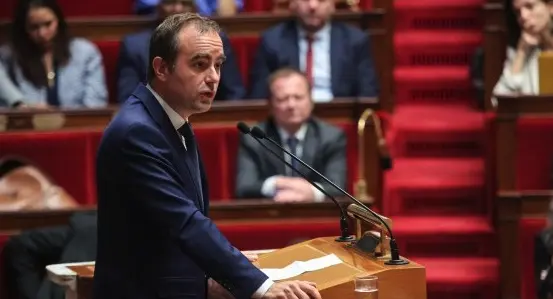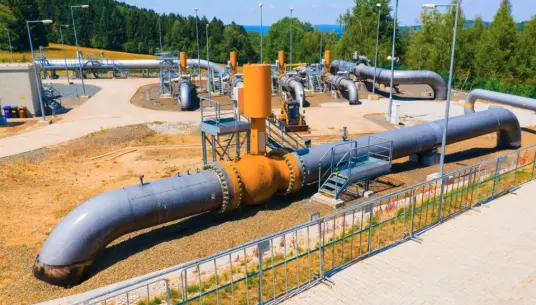Price cap
Summary of legislation:
- Legislation defines the methodology for price cap calculation for power plants (hard coal, lignite, gas, biomass, wind, water) by technology of production.
- Legislation defines the methodology for price cap calculation for sales and trading companies.
Impact on generation segments:
- Revenues from the sale of electricity by power plants above the price caps will have to be transferred to the Price Difference Payment Fund in the period 12.22-12.23, but taking into account election calendar (local election in 2024) and that electricity price would have to be hiked visibly in 2024 compared to 2023, we assume that this mechanism will be extended until the end of 2024.
- Price cap will cover all variable cost of fossil fuels power plants (coal, gas, biomass, lignite), i.e. cost of fuel and CO2, and will provide 3% margin and additional PLN 50/MWh to cover fix cost.
- Renewables out of auction system support will have to pay to Price Difference Payment Fund the revenues above reference price for specified technology in 12.22-12.23.
- This legislation will visibly reduce profits of power generators in 2023 as transfers to Price Difference Payout Fund will not be compensated, however, on average, all cost related to electricity generation should be covered by price caps.
Price cap calculation for power plants
- Price cap for hard coal units = (cost of coal + cost of CO2) + 3% margin of power price (80%TGeBase+20%TGePeak) + PLN 50/MWh
- Price cap for lignite = (cost of + cost of CO2) + 3% margin of power price (80%TGeBase+20%TGePeak) + PLN 50/MWh
- Price cap for biomass = (cost of biomass) + 3% margin of power price (80%TGeBase+20%TGePeak) + PLN 50/MWh
- Price cap for gas units = (cost of gas + cost of CO2) + 3% margin of power price (80%TGeBase+20%TGePeak) + PLN 50/MWh
- Price cap for renewables not supported by auctions is equal to reference price.
We emphasize that the price caps for fossil fuels will be different for each company, as the price caps will be calculated based on the cost of fuel and CO2 in the company's financial statements for the period.
Summarizing, for conventional power plants price cap should be sufficient to cover all variable costs (cost of fuels and CO2), no matter how much company will pay for fuels and CO2 allowance. Additionally, company will receive 3% margin on average price (80%TGeBase+20%TGePeak) and PLN 50/MWh to cover fixed cost. These, on average, should be sufficient to cover all costs of electricity generation. Therefore, assuming that power plant will not generate any profit or losses on other activities (trading, sales of heat, ect.), the result of power plants, on average, should be close to CRM revenues.
Our view: NEGATIVE
Continue reading: ZEW Kogeneracja - Financial forecasts & Macro assumptions| FXMAG.COM
Analyst: Marcin Gornik
+48 691 701 088
GPW’s Analytical Coverage Support Programme 3.0
















































































